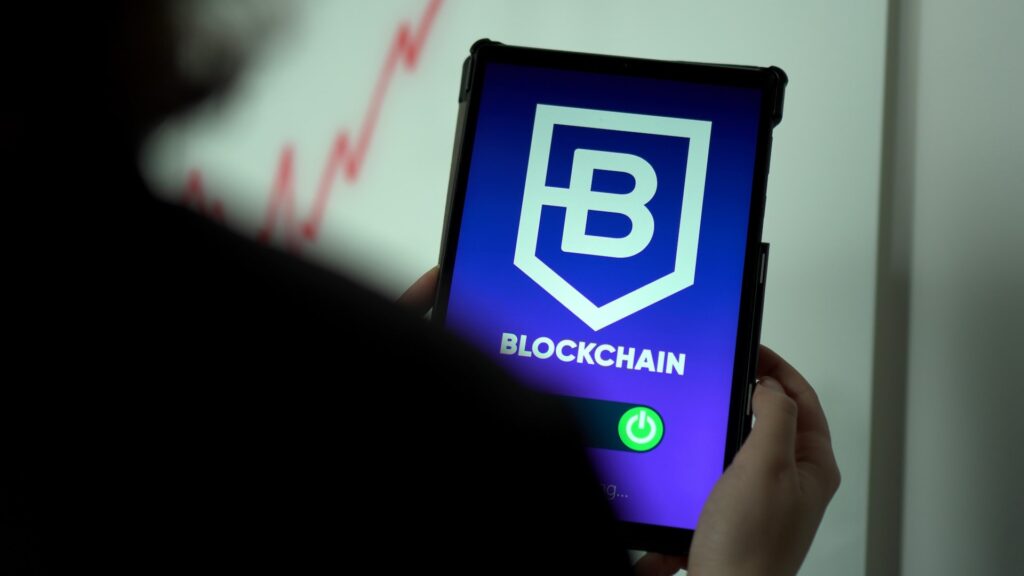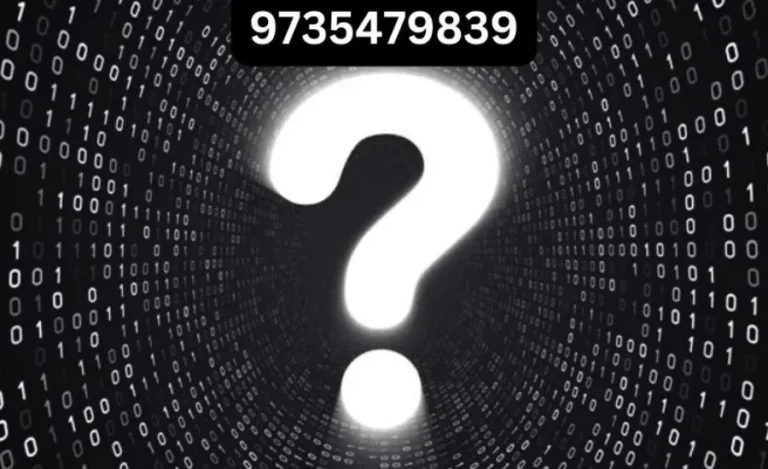Future of Blockchain Technology in the Education Sector
Blockchain technology has been making waves across numerous industries in the past few years, and its effects are being felt across the education sector too. This revolutionary technology has the potential to completely revolutionize the way students learn, universities teach, and institutions store data. From decentralizing learning experiences to securely storing data, blockchain is quickly becoming a crucial element of modern-day education. In this article, we’ll take a look at how it might shape the future of the education sector. Read on to learn more about blockchain’s potential in the education space!
What is Blockchain Technology?
Blockchain technology is a digital ledger that records transactions in a secure, tamper-proof way. Every transaction is recorded in a block, and each block is linked to the previous one, creating a chain. This chain is stored across a network of computers, so it’s virtually impossible to tamper with.
This makes blockchain ideal for handling sensitive data, like student records. With blockchain, educators can be sure that student data is accurate and secure. And because blockchain is decentralized, students can access their records from anywhere in the world.
Blockchain could also be used to create digital credentials that are tamper-proof and instantly verifiable. This would make it easy for employers to verify the skills and qualifications of job applicants. Students would no longer need to rely on paper transcripts or third-party agencies to prove their worth; they could simply share their digital credentials with anyone who needed to see them.
The possibilities for blockchain in education are endless. With this revolutionary technology, we can create a more secure, efficient, and transparent education system that benefits everyone involved.
Use Cases of Blockchain in Education

When it comes to the future of blockchain technology in the education sector, there are a number of potential use cases that could have a transformative impact on the way that educational institutions operate. Here are just a few examples of how blockchain could be used in education:
- Student ID and Records Management: One of the most promising applications of blockchain in education is its potential for managing student IDs and records. Blockchain-based systems could provide a secure and tamper-proof way to store and share student data, which would be especially useful for students who transfer between schools or need to provide their transcripts to employers.
- Online Course Delivery and Certification: Another area where blockchain could have a major impact is online course delivery and certification. By using blockchain to issue digital certificates, educational institutions could provide students with an easy way to verify their completion of courses and share their accomplishments with employers or other schools.
- Proctoring and Test Administration: Blockchain could also be used to streamline the proctoring and administration of tests, by securely storing test results on the blockchain and providing instant verification for students and educators alike. This would not only save time and resources but could also help to prevent cheating or fraud.
- Scholarship Distribution: Finally, blockchain technology could also be used to distribute scholarships or other forms of financial aid more efficiently. By using smart contracts, scholarship funds could be automatically disbursed to eligible students based on predetermined criteria, eliminating the need for manual processing and reducing the risk of fraud.
Challenges of Introducing Blockchain in Education
The education sector is constantly evolving and introducing new technologies to the classroom. However, with new technologies come new challenges. One of the biggest challenges facing the education sector is the introduction of blockchain technology.
Blockchain is a distributed database that allows for secure, transparent, and tamper-proof transactions. The potential applications of blockchain in education are vast, from tracking student data to verifying academic credentials. However, introducing blockchain into the education sector comes with its own set of challenges.
One of the biggest challenges is getting buy-in from all stakeholders. Teachers, students, parents, and administrators all need to be on board with the change in order for it to be successful. Another challenge is ensuring that the data stored on the blockchain is accurate and up-to-date. This requires a lot of coordination and communication between different parties.
Finally, blockchain technology is still in its early stages of development and there are many unknowns about how it will ultimately be used in education. Education institutions will need to carefully consider all of these factors before deciding whether or not to implement blockchain technology in their schools.
How Can Blockchain Technology Be Used in the Education Sector?

Blockchain technology can be used in the education sector in a number of ways. For example, it can be used to create a decentralized database of educational credentials that is tamper-proof and secure. This would allow students to easily share their educational achievements with employers and other institutions.
Another way blockchain technology could be used in education is to create a system for managing academic records and transcripts. This would streamline the process of transferring credits between different schools and universities. Blockchain-based systems could also be used for storing and sharing research data, which would make it easier for educators and students to access the latest information.
Finally, blockchain technology could be used to create digital currencies that could be used to pay for tuition or other educational expenses. These digital tokens could be redeemable at participating schools and universities. This would give students more flexibility in how they finance their education.
The Benefits of Using Blockchain Technology in Education
Blockchain technology can offer a number of advantages to the education sector. For example, it can help to create a more secure and transparent system for managing educational data. Additionally, blockchain-based systems have the potential to streamline administrative processes and improve communication between different stakeholders.
One of the key advantages of using blockchain technology in education is that it can help to create a more secure and transparent system for managing educational data. For instance, blockchain-based systems could be used to track student records, test results, and transcripts. This would allow for greater transparency and accountability in the education sector. In addition, blockchain technology could also be used to verify the identity of students and educators. This would help to prevent fraud and ensure that only authorized individuals have access to sensitive information.
Another advantage of using blockchain technology in education is that it has the potential to streamline administrative processes. For example, blockchain-based systems could be used to manage applications for financial aid or scholarships. This would make the process more efficient and reduce the burden on administrators. In addition, blockchain technology could also be used to schedule classes or events. This would improve communication between different stakeholders and make it easier to coordinate activities.
Overall, there are many potential benefits of using blockchain technology in education. Blockchain-based systems have the potential to create a more secure and transparent system for managing educational data. Additionally, they have the potential to streamline administrative processes and improve communication between different stakeholders.
The Future of Blockchain Technology in Education
The future of blockchain technology in education is incredibly promising. With the help of blockchain, educational institutions can securely store and manage student data, track academic progress, and verify credentials. In addition, blockchain can be used to create a decentralized marketplace for educational resources and services. Finally, blockchain-based smart contracts can automate many educational processes, such as financial aid disbursement and degree verification.
Conclusion
Blockchain technology has the potential to revolutionize the entire education sector and improve efficiency and operations. By leveraging blockchain technology, educational institutions can significantly reduce costs associated with student data management, authenticate and verify credentials for students, provide more secure online learning environments, and open up new possibilities for personalized learning experiences. As this technology continues to develop, its integration into educational systems is only set to grow which makes it an exciting prospect for innovation in the coming years.






